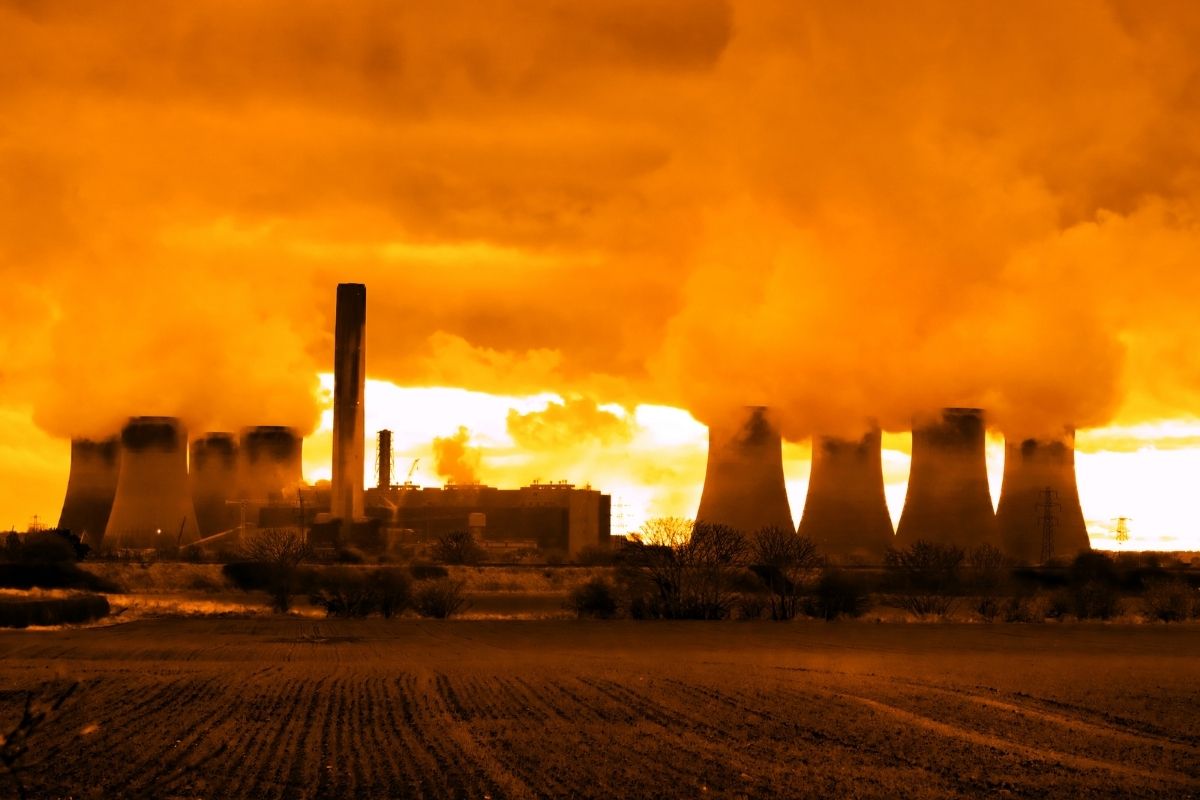As a part of its efforts, it is taking certain moves away from fossil fuels, particularly in coal.
The insurance industry is taking the threats from climate change increasingly seriously and as a part of its efforts to limit exposure, it is moving away from fossil fuels that pose the highest risk.
Twenty-three companies have adopted coverage limiting or cessation policies for the coal sector.
“This was not an issue that was central in the insurance sector, even 7 years ago,” explained Insurance Bureau of Canada national director of climate change, Robin Edger in a recent report. “But now it is moving at light speed.”
Since 2018, 23 companies in the global insurance industry have adopted new policies for restricting or eliminating their coverage of the coal sector. Moreover, nine insurers have done the same for the oilsands in Canada. Other insurers are making moves to change their assets. It has essentially become commonplace for insurers to divest from fossil fuel investments and replace them in their investment portfolios with green energy. In July 2021 alone, Swiss Re, Aviva, Zurich Insurance Group and five others of the largest insurers in the world entered into a 2050 commitment for transitioning their portfolios to net-zero greenhouse gas emissions.
Joining the sustainable finance movement is a natural fit for the insurance industry.
Insurers and reinsurers are among the companies that face the largest risk associated with climate change. It makes sense that they would make a priority to shift their policies and their investments away from areas that contribute to the worsening of the problem. This movement seeks to use investment capital’s power to accelerate the transition to a lower-carbon economy. Other industries that are heavy participators include banks, pension funds and mutual funds, among others.
The Insurance Bureau of Canada’s statistics show that the average annual cost of property damage or loss claims due to severe weather has experienced a quadrupling over the ten years ending in 2020. Last year, those costs reached $2.4 billion. Moreover, it is a near certainty that the figure will only continue to grow.
That insurance industry prediction was further confirmed earlier this month when the United Nations issued its report showing that the world was warming substantially faster than previously forecasted. The 1.5-degree Celsius warming mark will be crossed in the 2030s, according to the report, in a global trend that will bring on more flooding severe storms, heat waves and fires.

